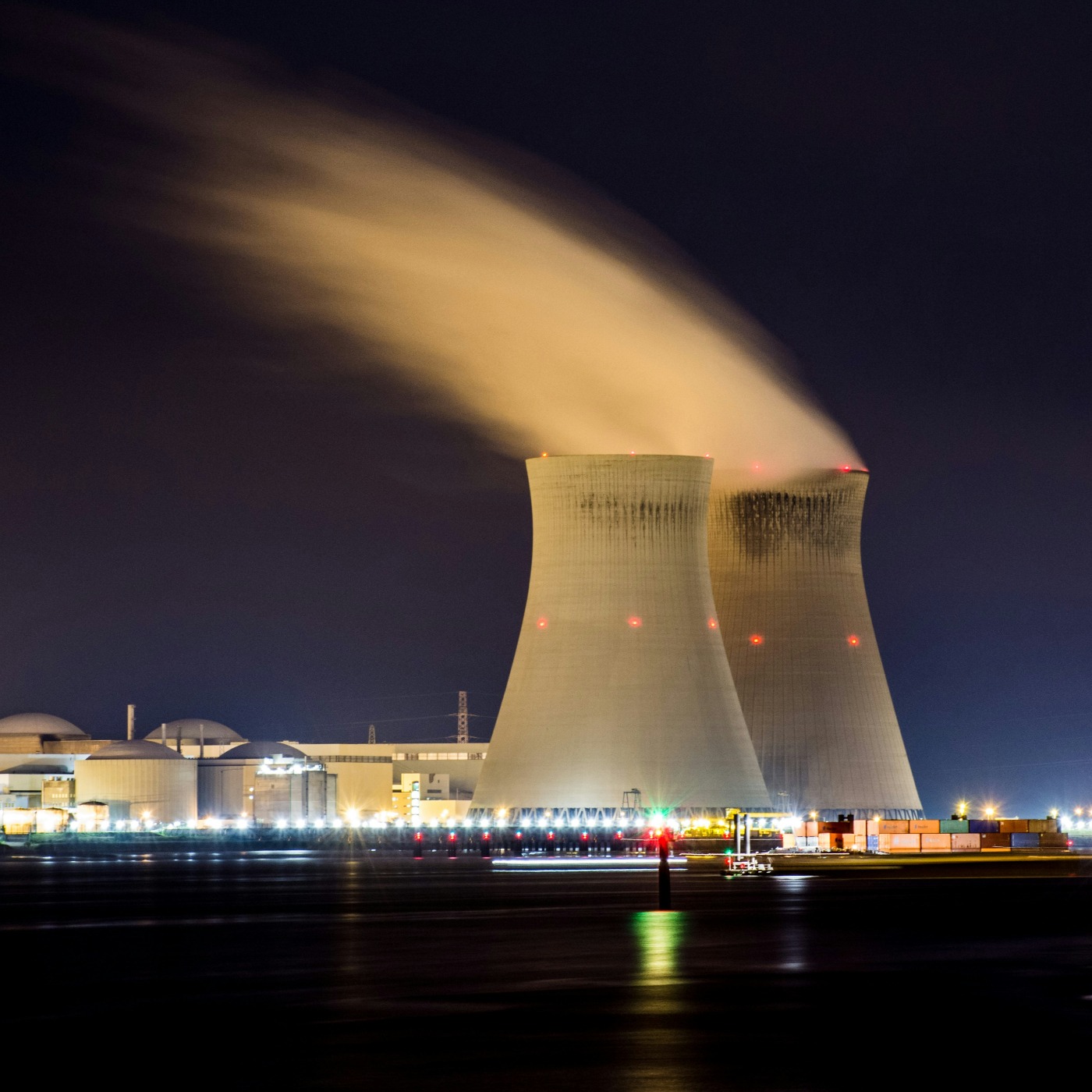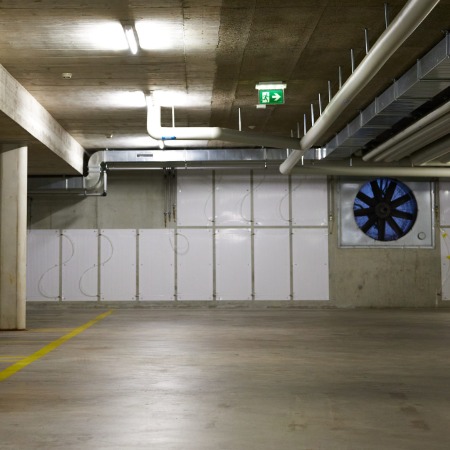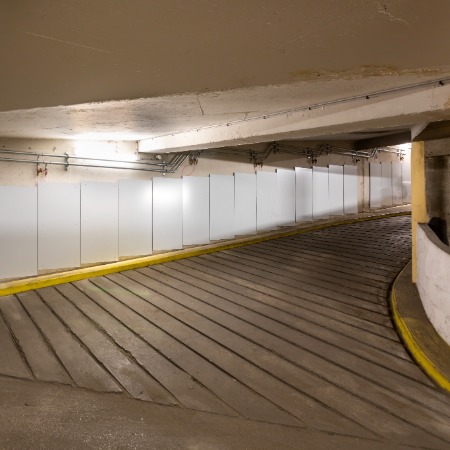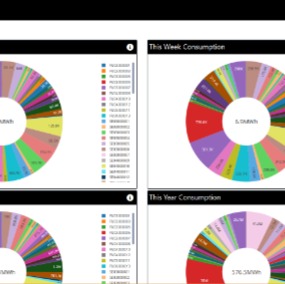01. Definition
What is the energy crisis?
In recent years, many scientists have raised their voice to warn about climate change, caused notably by the burning of oil and coal in order to produce energy.
Solutions to the energy crisis
Over the last two centuries, energy needs have skyrocketed dramatically, especially because of the transportation and industry sectors. However, fossil fuel are polluting and their reserves are limited. We know today that these resources are close to exhaustion and our societies are facing a major challenge: the energy crisis.


01. Definition

02. Causes

03. Impacts

04. Solutions
05. Implementations
Flatmate by Sanura implemented by de Alliantie in Amsterdam (Netherlands) in 2021
Arena Solar by Solum PV implemented by A Spanish municipality in Bilbao (Spain) in 2025
SOLIS Daylighting Collectors by Solight LTD implemented by The municipality of Herzliya in Herzliya (Israel) in 2022
BioVALO by IDEAL Environnement implemented by SCEA Du Mont Au Roux in Cléville (France) in 2021
Autonomous Lighting System by LEDCity AG implemented by SBB in Bern (Switzerland) in 2021
FLEXINERGY INFRASTRUCTURE by Evolution Energie implemented by Groupe ADP in Paris (France) in 2018
Optiwise® by Likewatt implemented by IDEE Energies in Courcy (France) in 2021
DaTEG 1.0 by GemaTEG Inc implemented by US Department Of Energy in Washington (United States) in 2023
Geothermal panel by Enerdrape implemented by Realstone in Lausanne (Switzerland) in 2021
Geothermal panel by Enerdrape implemented by Coop in Renens (Switzerland) in 2023
Geothermal panel by Enerdrape implemented by Next Immobilier SA in Aigle (Switzerland) in 2024
Geothermal panel by Enerdrape implemented by ENGIE in Paris (France) in 2025
CLEMAP by CLEMAP AG implemented by Gassmann Media in Biel, Bienne (Switzerland) in 2022
Kiplo Energy Communities by Cleanwatts implemented by Izeda’s Fire Brigade in Bragança (Portugal) in 2024
Virtu by Naked Energy Limited implemented by The Oxfordshire Municipality in Oxford (United Kingdom) in 2022
TEYGO by Solamaz implemented by Ville de Saint-Georges in Saint-Georges de l'Oyapock (French Guiana) in 2024

06. Conclusion















